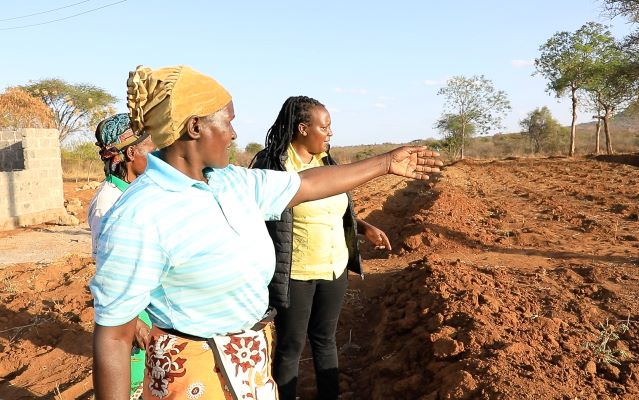The agriculture sector plays a significant role in greenhouse gas emissions, accounting for 69% of all nitrous oxide emissions and 48% of total methane emissions in 2020, as highlighted by the UK government’s Agri-Climate report in 2022.
This stark reality underscores the urgent need for sustainable farming practices to mitigate environmental impact.
Fortunately, the UK Agri-Climate 2023 report reveals a positive shift within the industry: 53% of farmers are actively working to reduce emissions, and 62% consider greenhouse gas emissions a critical factor in their business decisions.
This growing commitment to sustainability indicates a promising trend towards more eco-friendly agricultural practices, such as regenerative agriculture, which holds the potential to significantly reduce the sector’s carbon footprint while promoting soil health and biodiversity.
What is regenerative agriculture?
The main goal of regenerative agriculture is to aid ecological systems that are farmed in maintaining and strengthening their biodiversity. In simpler terms, it means aiming to significantly reduce the amount of carbon dioxide emissions released through farming processes, while enriching the soil to make it and the produce it creates healthier.
Regenerative practices can include reducing the amount of time bare soil is exposed to a minimum. This prevents CO2 and H2O escaping, trapping it in the soil and leading to more microbes and organic matter enriching it, making it healthier. This also feeds into efforts to diversify what is grown and produced by the land, as it will help reduce the long-term harm done by monocultures.
Farm animals and wildlife are hugely important elements of regenerative agriculture. Through grazing, manure, and trampling, farm animals being implemented to an arable rotation can contribute to the protection and rejuvenation of the soil and its fertility. Meanwhile, incorporating wildlife back into your land can help identify natural functionality.
Why is it so important?
As previously stated, the agriculture and farming sector has a huge impact with emissions released. The current government target of cutting emissions within farming and land through The Environmental Improvement Plan asks for 65–80% of farmers and landowners to integrate nature-friendly processes on a section of their land by 2030.
This would then contribute to the target of full net zero emissions by 2050 and efforts may need to be increased even further to meet these targets.
The important thing to remember is while all regenerative models of farming and agriculture are sustainable, not all sustainability models and actions are regenerative. Many sustainability models focus on reducing the impact of the issues without allowing it to continue to escalate, while regenerative cuts to the heart of the issue.
How can these models be implemented?
Finding ways to integrate regenerative agriculture into farming and land is a marathon, not a sprint, but there are things to be made a priority in making those changes. Even small changes, such as maintaining machinery efficiency by using tools like seal kits to repair them, can prevent any repetitive damage to the environment.
The first thing to prioritise is the health of the soil available to you. This should be done by minimising disturbance to it, growing cover crops to prevent over-exposure, and minimising chemical inputs you may have previously used. This will result in more resilient crops that will require less input to grow in healthy.
The next is the creation of circular ecosystem within the environment through the introduction of plants and livestock to the land. Maximising the amount of biodiversity through natural means, such as livestock grazing and poultry eating bugs that can harm crops, helps to enrich the landscape and naturally fertilise the soil.
Written by Andrew Powles, Managing Director of FPE Seals.








